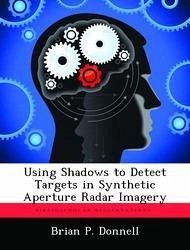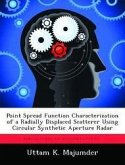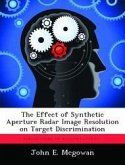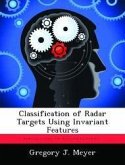This thesis demonstrates the possibility of locating stationary targets of interest based on the locations of their shadows and the characteristics of pixel intensity distributions within synthetic aperture radar (SAR) imagery. Moving targets in SAR imagery are blurred and/or shifted in their apparent location. Shadows represent the absence of a signal re-ection in a given location. The shadows of moving objects will always appear in their correct locations, providing clues as to the true locations of the moving objects. Three types of target vehicles are located in urban and rural clutter scenes using the publicly available Moving and Stationary Target Acquisition and Recognition (MSTAR) data set. The process described in this thesis allows stationary targets of interest to be located, which could assist in track initialization. The main purpose of this thesis is to build a foundation for locating moving targets based on their shadows. The distribution characterization method utilized demonstrates the feasibility of isolating distinct regions within SAR imagery and using the junctions between those regions to locate individual objects.








